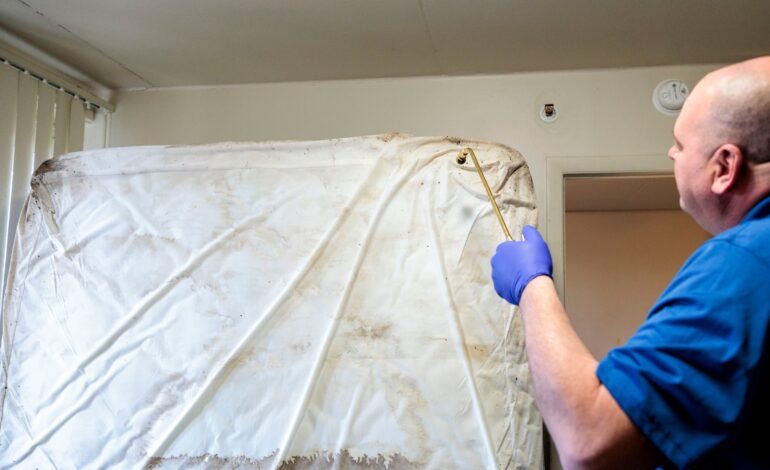Ann Arbor Faces Bedbug Surge as Infestations Multiply Rapidly

Ann Arbor is grappling with a significant rise in bedbug infestations that are causing distress among residents and students alike. Reports indicate that these pests can reproduce at an alarming rate, potentially multiplying by as much as 30,000 in just six months. Local authorities and the University of Michigan have begun addressing the issue, but the effectiveness of current pest control measures is under scrutiny.
The resurgence of bedbugs in urban environments is not a new phenomenon, but Ann Arbor’s situation appears particularly severe. According to the Environmental Protection Agency (EPA), these insects have developed resistance to many common insecticides, making them increasingly difficult to eliminate. Residents are now facing the challenge of dealing with infestations that threaten their comfort and health.
Understanding the Bedbug Challenge
Bedbugs are small, nocturnal insects that feed on human blood. They are adept at hiding in crevices and can easily travel from one location to another, often hitching rides on clothing or luggage. This adaptability has made them a common nuisance in densely populated areas like Ann Arbor, particularly in shared living spaces such as dormitories and apartments.
In the past year, residents have reported a surge in sightings and bites, leading to widespread concern. Many individuals describe the experience as unsettling, with some expressing feelings of helplessness when faced with the prospect of an infestation. The emotional toll, combined with the practical challenges of eradicating these pests, has prompted city officials to take action.
Community Response and Measures Taken
Local authorities have initiated outreach programs aimed at educating residents about bedbug prevention and treatment options. Workshops and informational sessions are being organized to equip residents with the knowledge they need to identify infestations early and take appropriate action.
The University of Michigan is also actively involved in addressing the issue. The institution has implemented measures to monitor and treat bedbug infestations in its housing facilities. Officials emphasize the importance of reporting any suspected cases promptly to curb the spread of these pests.
Despite these efforts, the situation remains complex. Experts warn that public awareness is crucial in combating the bedbug resurgence. “Education is key to prevention,” said Dr. Jane Foster, an entomologist at the University of Michigan. “The more people know about how to identify and manage bedbugs, the better equipped they will be to deal with them.”
As Ann Arbor confronts this pressing issue, the community’s ability to work together and share resources will be vital in managing the growing problem of bedbug infestations. The ongoing challenge highlights the need for continued vigilance and cooperation among residents, universities, and local authorities to reclaim living spaces from these unwelcome pests.






